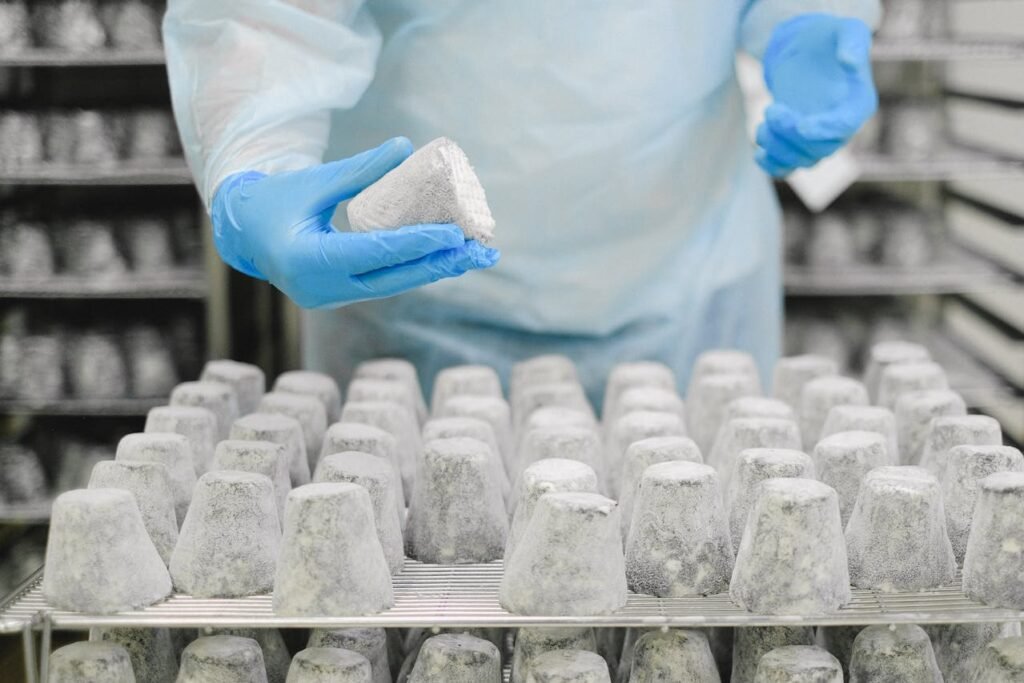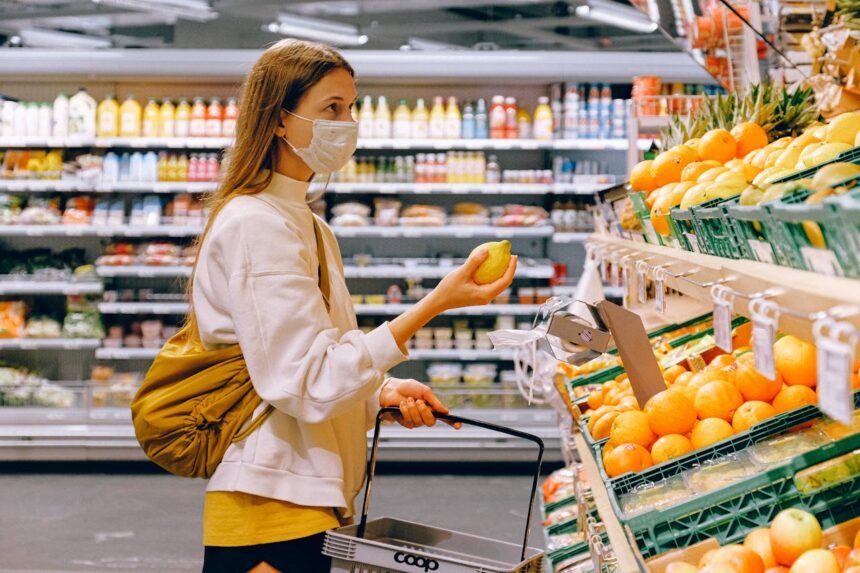Food safety is vital for protecting health at home. Every year, thousands of people across the UK suffer foodborne illness—most of which are preventable through proper hygiene, storage, and cooking. This guide provides actionable food safety strategies, referencing NHS and UK Government standards, to keep families safe and healthy.
Why Food Safety Matters
Food poisoning can be caused by bacteria, viruses, parasites, or toxins found in improperly handled food. Vulnerable groups, such as children, the elderly, pregnant women, and those with compromised immune systems, are at greater risk. Ensuring food safety lowers illness rates and can prevent hospitalisation.
Read NHS guidelines: https://www.nhs.uk/baby/weaning-and-feeding/childrens-food-safety-and-hygiene/
Core Food Safety Principles
Hand Hygiene
- Wash hands with soap before food prep and after touching raw meat, eggs, or vegetables.
- Ensure children wash hands before meals and snacks.
- Dry hands with disposable towels or a clean cloth.
Separation to Prevent Cross-Contamination
- Use separate chopping boards for raw meats, fish, and ready-to-eat foods.
- Immediately clean knives, boards, and surfaces after handling raw food.
- Never place cooked food back onto dishes used for raw ingredients.
Cooking Temperatures
- Cook meat, fish, and eggs thoroughly. Poultry and mince should have no pink parts, and juices should run clear.
- Eggs should be cooked until both yolk and white are solid—choose Lion-marked eggs for extra safety.
- Reheat leftovers until steaming hot throughout.
See UK hospital food safety standards: https://www.england.nhs.uk/long-read/national-standards-for-healthcare-food-and-drink/
Correct Chilling and Storage
- Refrigerate perishable foods below 5°C; keep hot food above 63°C when serving.
- Use refrigerated storage for all meats, dairy, and cooked foods.
- Never leave cooked food at room temperature for more than two hours.
Packaging and Labelling
- Label foods with their name and date before refrigerating.
- Use clear, readable labels and store high-risk foods in sealed containers.
- Discard any food past its use-by date.
UK guidelines on food safety responsibilities: https://www.gov.uk/food-safety-your-responsibilities
High-Risk Foods and Their Handling
Certain foods pose higher risks of food poisoning and require caution:
- Raw or lightly cooked eggs: Only use Lion-marked eggs, avoid foods made with raw eggs for vulnerable individuals.
- Smoked or raw fish: Heat fish thoroughly, avoid sushi or raw shellfish in at-risk groups.
- Dairy and ready meals: Refrigerate promptly; buy pasteurised milk and cheese.
- Cooked rice, meat, seafood: Store immediately after cooking; never eat if left out unrefrigerated.
NHS children’s food hygiene tips: https://www.nhs.uk/start-for-life/baby/weaning/safe-weaning/preparing-food-safely/

Allergen Safety
With new UK regulations, all pre-packed foods must clearly show ingredients—especially allergens. There are 14 key allergens, including gluten, nuts, milk, eggs, fish, shellfish, and more. Always check labels and keep allergenic foods in separate containers.
Learn more at https://www.food.gov.uk/food-safety-and-hygiene
Cleaning and Kitchen Management
- Regularly clean worktops, sinks, and utensils with hot, soapy water.
- Wash dishcloths and towels frequently at high temperature.
- Keep pets out of food preparation areas.
Safe Food Shopping and Storage
- Choose refrigerated goods last when shopping—store promptly upon arriving home.
- Always check use-by and best-before dates before purchasing and eating.
- Separate raw meats from other groceries in shopping bags.
Meal Preparation and Serving
- Serve hot food immediately, especially to vulnerable groups.
- If preparing food for others, adhere strictly to hygiene and cooking temperature standards.
- For buffets or group meals, monitor food temperature and replenish with freshly cooked items.
Waste and Environmental Safety
- Dispose of expired food immediately.
- Reduce food waste by portioning and planning meals, using leftovers promptly.
- Store waste securely to avoid attracting pests.
Conclusion
Food safety begins in every home kitchen and is essential for health, long-term wellbeing, and legal compliance. By following these core UK standards—supported by the NHS, Food Standards Agency, and Government—you can significantly reduce the risk of illness while ensuring tasty, nutritious meals for all.
Ready to create more articles in this batch covering meal preparation, food storage, organic foods, and more?
- https://www.england.nhs.uk/long-read/national-standards-for-healthcare-food-and-drink/
- https://www.nhs.uk/baby/weaning-and-feeding/childrens-food-safety-and-hygiene/
- https://www.food.gov.uk/food-safety-and-hygiene
- https://www.uhcw.nhs.uk/download/clientfiles/files/Patient%20Information%20Leaflets/Clinical%20Support%20Services/Dietetics/Food%20Safety.pdf
- https://www.rdash.nhs.uk/policies/food-safety-policy/
- https://www.torbayandsouthdevon.nhs.uk/uploads/food-hygiene-policy.pdf
- https://assets.publishing.service.gov.uk/media/5aec31ea40f0b631578af25e/HS_10.2_Food_Safety_and_Kitchen_Hygiene.pdf
- https://www.gov.uk/food-safety-your-responsibilities
- https://www.nhs.uk/start-for-life/baby/weaning/safe-weaning/preparing-food-safely/






